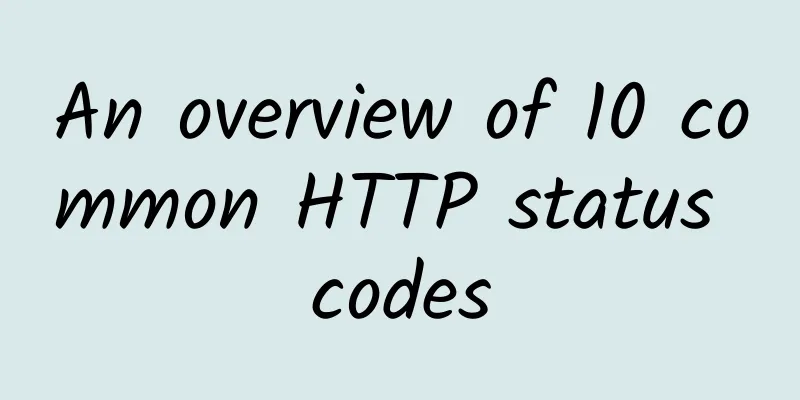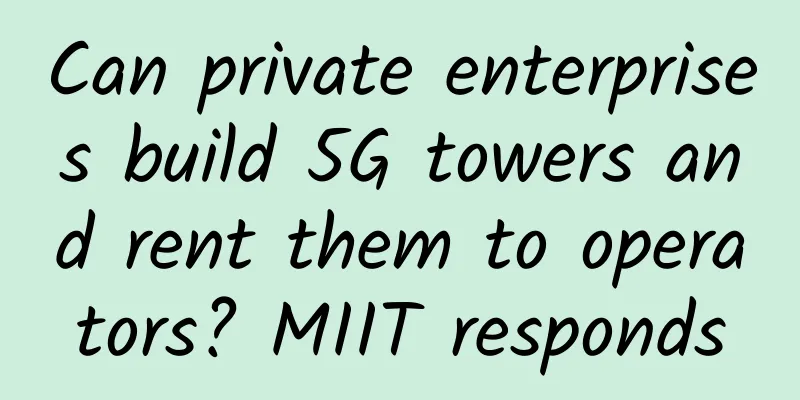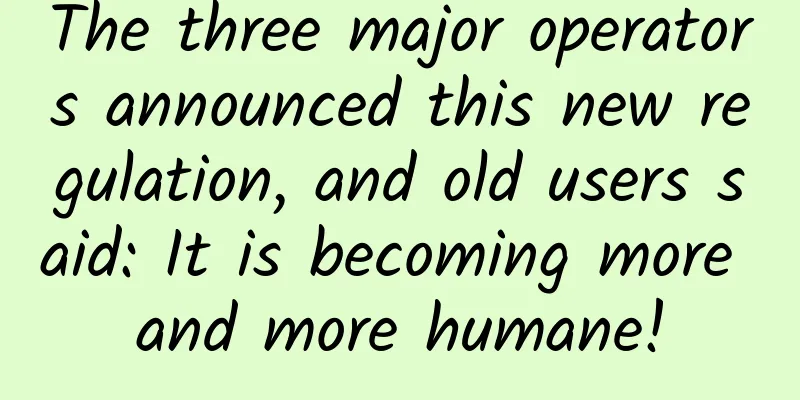An overview of 10 common HTTP status codes

|
Overview The HTTP status code is a 3-digit code used to indicate the status of the HTTP response of the web server. The first digit of all status codes represents one of the five statuses of the response. When a user attempts to access content on a running host through HTTP or FTP protocols, the Web server returns a digital code indicating the status of the request. The status code is recorded in the server log and may also be displayed in the Web browser or FTP client. This is the error code displayed by the browser when an error occurs when we open a page. The status code can indicate whether a specific request has been successful, and can also reveal the exact reason why the request failed. HTTP protocol status code The meanings of HTTP protocol status codes are mainly divided into five categories, which are generally:
According to Google search statistics, the following are the most common errors, among which HTTP 500 errors are twice as likely to occur as 404 errors: (1) 500 Internal Server Error The definition of HTTP 500 error has proven that this is the most common HTTP error. Generally speaking, HTTP 500 error occurs when there is an error in the server's program code, or the information returned by the web server when an internal error occurs. For example, when the web server is overloaded, it will not be able to process the access request correctly. (2) 404 File Not Found Most people are familiar with this error. A 404 error occurs when a user attempts to access a resource on a web server (usually a web page) that does not actually exist. A 404 error can be caused by a broken link, a misspelling of the URL, or because the web host has moved the requested page somewhere else (or deleted it). Some websites set up custom pages to prevent the adverse effects of broken links. (3) 403 Forbidden A 403 error is similar to a 401 error, except that a 401 error is unauthorized, while a 403 error is forbidden. No login will work for a 403 error. A 403 error occurs when you try to access a (forbidden) website directory. (4) 400 Bad Request The web server returns the HTTP 400 error to tell the visitor that the program the visitor uses to access the website has an error or the access request has been damaged during the process. (5) 401 Unauthorized When a visitor tries to access a restricted page but is not authorized, the website returns an HTTP 401 error. Incorrect login attempts are the main cause of this error. (6) 200 Request successful The request was successful and the expected response header or data body will be returned with this response. (7) 206 Partial content The server has successfully processed part of the GET request. HTTP download tools such as FlashGet or Xunlei use this type of response to resume downloads or to split a large document into multiple download segments for simultaneous download. (8) 301 Permanent Redirect The requested resource has been permanently moved to a new location, and any future references to this resource SHOULD use one of the URIs returned in this response. (9) 302 Temporary Redirect The requested resource is now temporarily responding to requests from a different URI. Since such a redirection is temporary, the client SHOULD continue to send future requests to the original address. (10) 502 Bad Gateway The server, acting as a gateway or proxy, received an invalid response from an upstream server while attempting to perform a request. |
<<: Understand HTTP and HTTPS protocols in ten minutes?
Recommend
Why haven’t white box vendors penetrated the large enterprise market? How can they change that?
According to IDC's latest survey data, global...
How 5G will impact payment processing in 2021 and beyond
[[437603]] If you follow current events, you’ve p...
Megalayer: Hong Kong/Philippines/US VPS annual payment starts from 159 yuan, CN2 line optimized bandwidth
Megalayer has been shared several times in the tr...
How can operators easily get on the battlefield in the 5G era? 4.5G will take on the heavy responsibility
With the arrival of 5G, maintaining 2G, 3G, 4G, a...
10gbiz: Silicon Valley dedicated server 20% off, starting from $24/month, optional CN2 line
10gbiz has just launched a promotion for two dedi...
PacificRack: $12/year KVM-1GB/20GB/2TB/Los Angeles Data Center
PacificRack is a domain name under QN Data Center...
Ruijie helps Sichuan Light Industry and Chemical Industry build an Ethernet all-optical campus network to accelerate the development of new education infrastructure
When it comes to smart campus construction and ed...
VULTR: KVM in 17 data centers in Japan, South Korea, Singapore, etc. Monthly payment starts from 3.5 USD, supports hourly billing, and registration will give you 100 USD
VULTR is a foreign VPS merchant founded in 2014. ...
What is Single Pair Ethernet (SPE) and how is it used in industrial applications?
[[416579]] Single-pair Ethernet was originally de...
2017 Prediction: SD-WAN will drive the development of IoT
IoT drives SD-WAN adoption The Internet of Things...
What are virtual networks and why they are here to stay
The computer networks we typically imagine involv...
Detailed interpretation of the report: Know the current status of global 6G development in one article
[[396055]] Recently, the Intellectual Property De...
[11.11] CMIVPS recharge 10% off, 30% off for all VPS annual payments, buy 10 months of dedicated server and get 2 months free
CMIVPS released this year's Double 11 promoti...
The momentum of large-scale commercial use of NB-IoT is unstoppable
The Internet of Things is the only way to the int...


![[Black Friday] CMIVPS: 50% off on all VPS annual payments, 30% off on top-up](/upload/images/67cac0188d8e5.webp)






